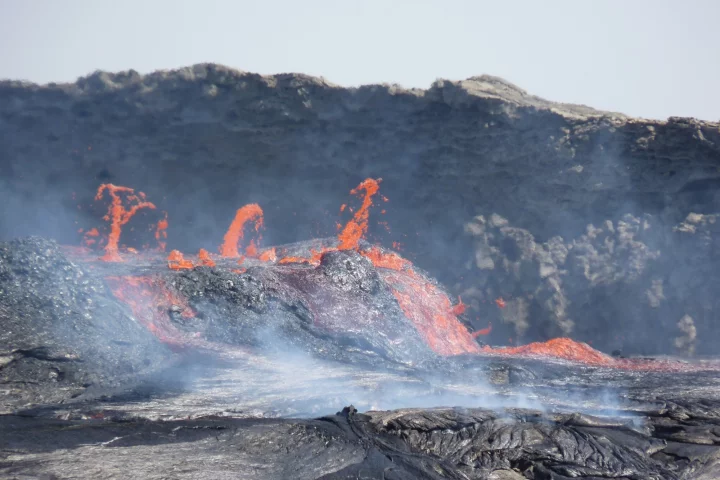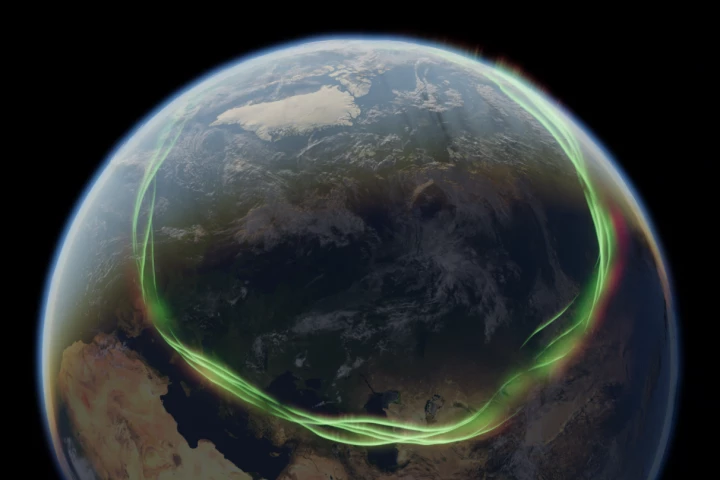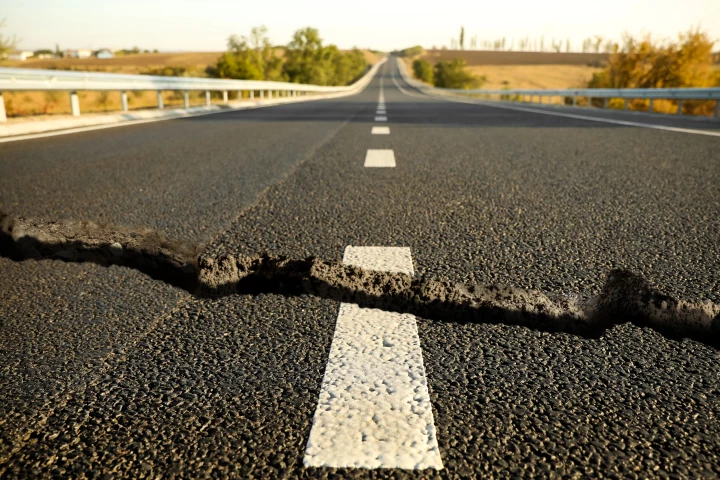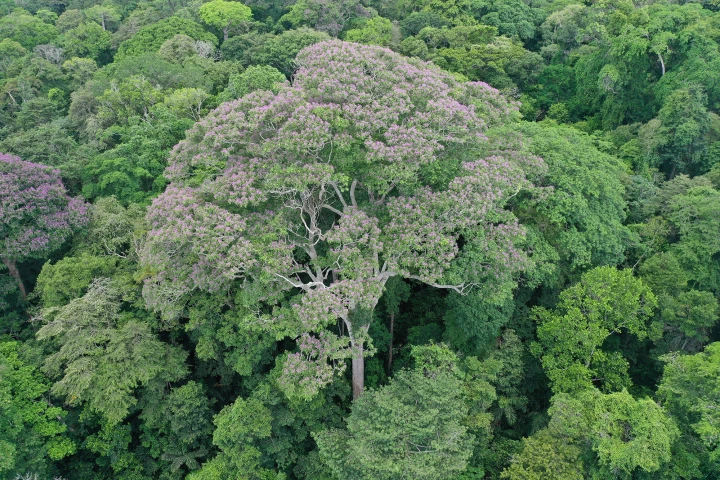Geology
-
A subtle yet significant geological phenomenon is currently taking place beneath the African continent. Rhythmic surges of molten rocks, pulsing upward like a "heartbeat," are ripping the continent apart to pave the way for a new ocean.
-
A new study from scientists at Michigan State University sheds light on a recently discovered microbe and its potential for scavenging pollutants in deep soil. Further work could lead to novel solutions in providing clean drinking water worldwide.
-
China is going full Jules Verne as it prepares to go where no drill has gone before. As part of its Deep Ocean Drilling Program, the special-built Meng Xiang (梦想号, "Dream") drill ship is gearing up for a multi-year effort to pierce the Earth's crust.
-
Scientists have discovered the single largest repository of gold in the world that makes Fort Knox look like a piggy bank. Making up 99.999% of all the precious metal on the planet, it's just sitting there for the taking. However, there is a catch.
-
If you ever travel back in time around 41,000 years ago, pack some sunscreen. New research suggests that during a cataclysmic polar reversal, our ancestors might have covered themselves in mineral-rich ochre to survive harmful solar radiation.
-
An alarming new report reveals that right across the country, 28 US cities are sinking, showing the kind of geologic subsidence that could impact buildings and infrastructure sooner rather than later. But, scientists say it's not yet too late to fix.
-
Each year lightning kills hundreds of millions of trees worldwide, leaving behind scorched trunks and shattered branches, but one species of tropical tree in Panama has turned this destructive force of nature to their advantage.
-
For ages, Earth has been known as a blue planet, a vision largely shaped by the vast oceans that cover three-quarters of its surface. But what if this wasn't always the case, and our oceans used to be green?
-
A subtle yet significant phenomenon is occurring beneath the North American continent; its ancient bedrock is slowly dripping into the Earth’s mantle, creating a funnel-like structure concentrated over the Midwest of the United States.
-
Step aside, golden beaches – New Zealand has stretches of sand sparkling with real gold. And with this, scientists have been able to assemble the world's first atlas of highly detailed beach gold found along the country's South Island coastline.
-
Scientists have discovered the world’s oldest known meteorite impact crater in Western Australia. It has been dated to about 3.5 billion years ago, at a time when these almost literally Earth-shattering events should have been occurring regularly.
-
A preserved tree fossil gives an unprecedented view into a moment 42,000 years ago when the Earth’s magnetic field went haywire, triggering environmental chaos, influencing everything from an increase in cave paintings to the Neanderthal extinction.
Load More











